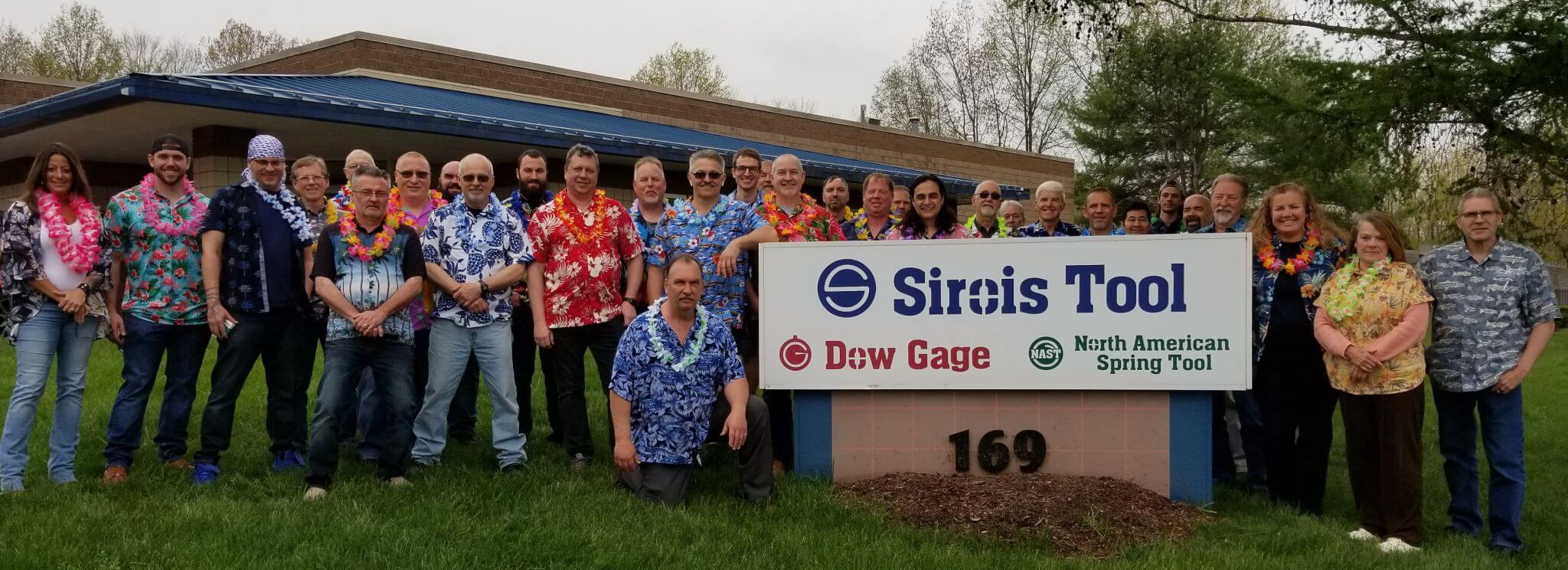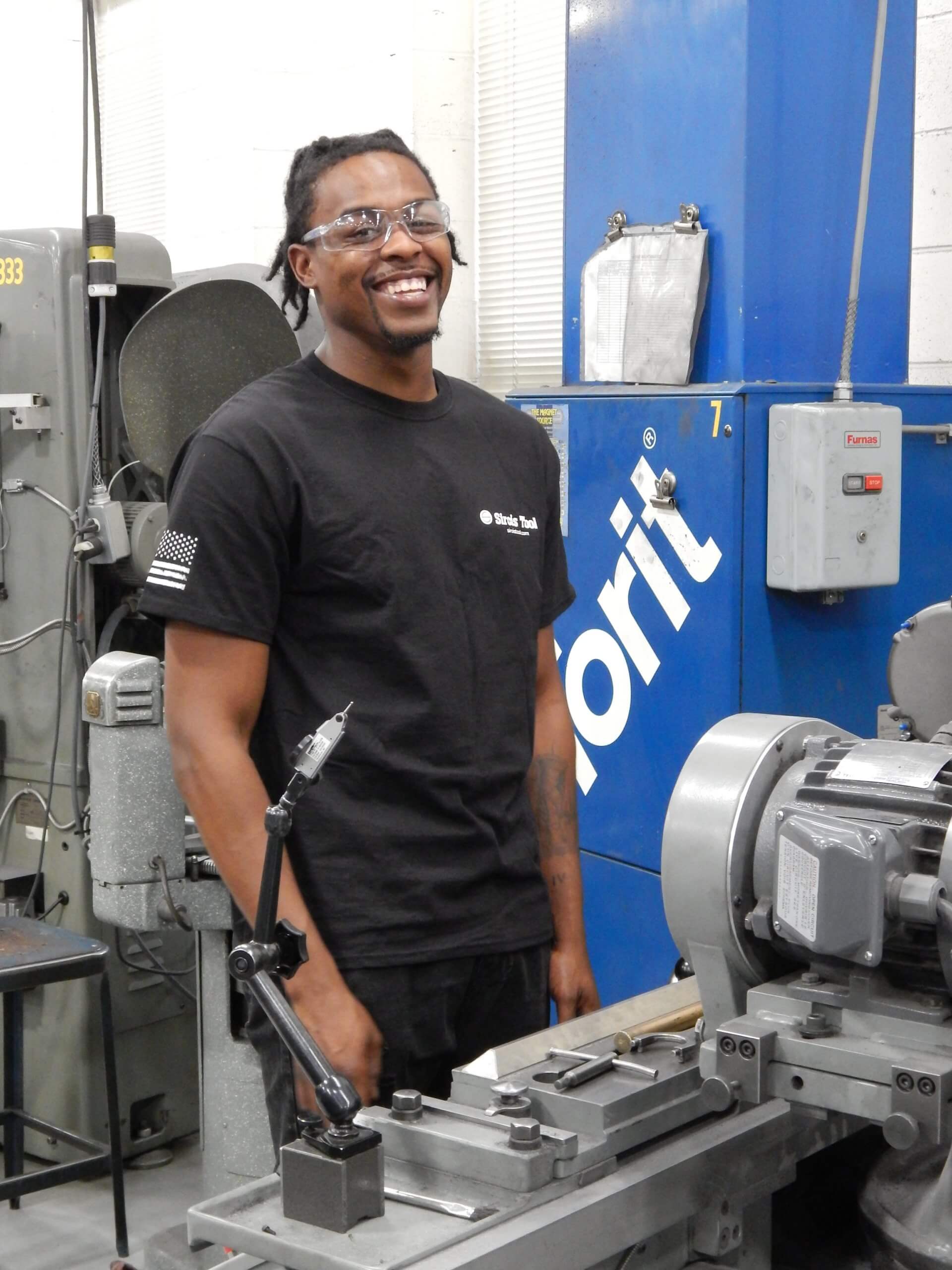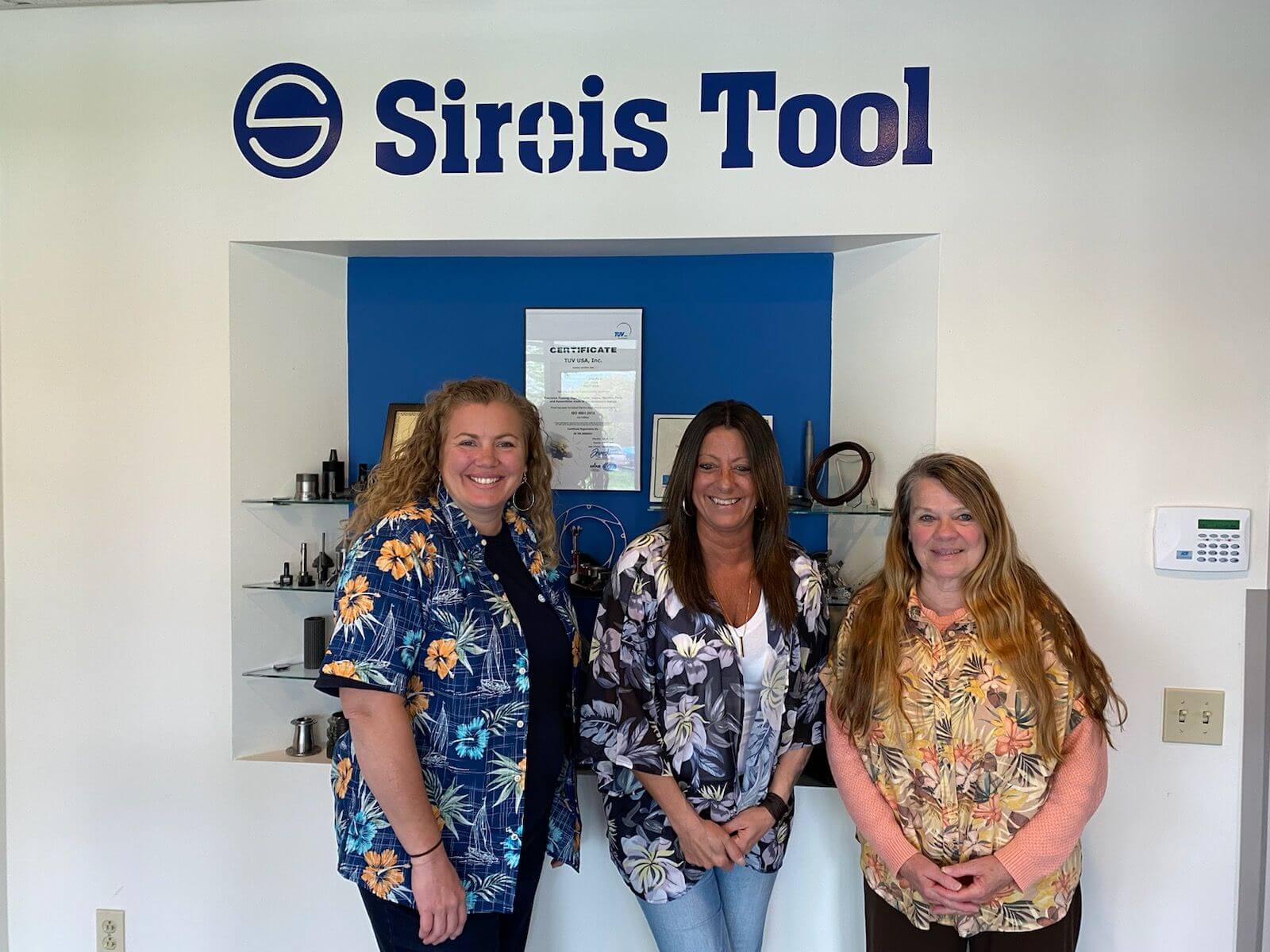
Investing in Your People: How to Alleviate Manufacturing Workforce Shortage Woes
The manufacturing workforce shortage has been a problem for years, and a new contributor to the problem called “The Great Resignation” has been making headlines since the spring of 2021.
According to the U.S. Bureau of Labor Statistics, over 47 million Americans voluntarily quit their jobs in 2021. But this wasn’t entirely caused by the pandemic. Rather, it’s a reflection of the continuing trend of rising quit rates that began more than a decade ago.
So, what can employers do about the manufacturing workforce shortage?

In an article published this spring, Harvard Business Review points out that employers with the highest quit rates, like McDonald’s and Walmart, have increased wages and offered better benefits packages to encourage employees to stay.
For companies that already offer competitive wages and good benefits, HBR offers this approach: demonstrate a commitment to your employees’ long-term career goals.
How to Invest in Your Manufacturing Workforce
At my company, Sirois Tool Co., we invest in the short and long-term success of our employees:
We offer tuition reimbursement to our employees.
We’ve partnered with educators and Connecticut’s Department of Labor for years to train and develop existing and potential employees.
As a partner in our state’s Apprenticeship program, we provide on-the-job manufacturing training for students. When they graduate, we often offer them full-time jobs.
The investments we’ve made in helping these students and employees advance are well worth it when we consider what we’ve gained in return:
- We have newly-hired employees who come in with a strong foundation, already working well with their colleagues, having an understanding of our corporate culture, and knowing how to use our equipment.
- We have employees who are dedicated to their craft, because they see the company investing in their careers and they know we want them to succeed.
- Many of our employees refer others to our company, which helps greatly in recruitment efforts as we continue to scale our talented team.

The Bigger Picture
Let’s look at the manufacturing workforce shortage on a greater scale: the U.S. is projected to have about 47,500 job openings for machinists and tool and die makers each year. The training and education your company provides can steer the most ambitious candidates your way, and encourage them to stay.
When you consider the costs related to recruiting and the lost production caused by employee turnovers, it becomes clear that investing in your employees’ training and education provides an excellent return on investment.
Related Content
Learn practical advice for filling the skills gap with modern technology, attracting top talent, and retaining your existing workforce in this roundtable discussion featuring 3 savvy shop owners.
Alan Ortner, CEO of Sirois Tool Co. Inc., has been with the company for over 30 years. Located in Berlin, CT, Sirois Tool is a precision machining and tooling company that supports the aerospace, automotive, firearm, and medical industries. In addition to his role with Sirois Tool, Alan also chairs the National Tooling and Machining Association (NTMA). He is passionate about volunteering with the NTMA and similar organizations to share what he’s learned and help others in the manufacturing industry succeed.

